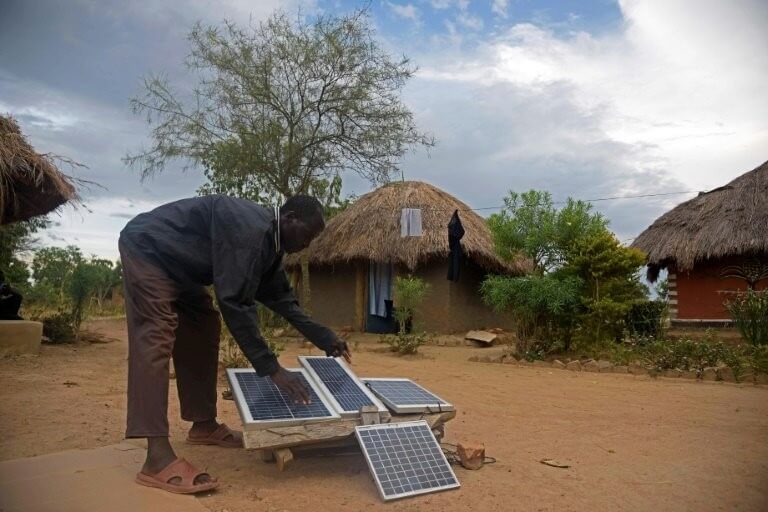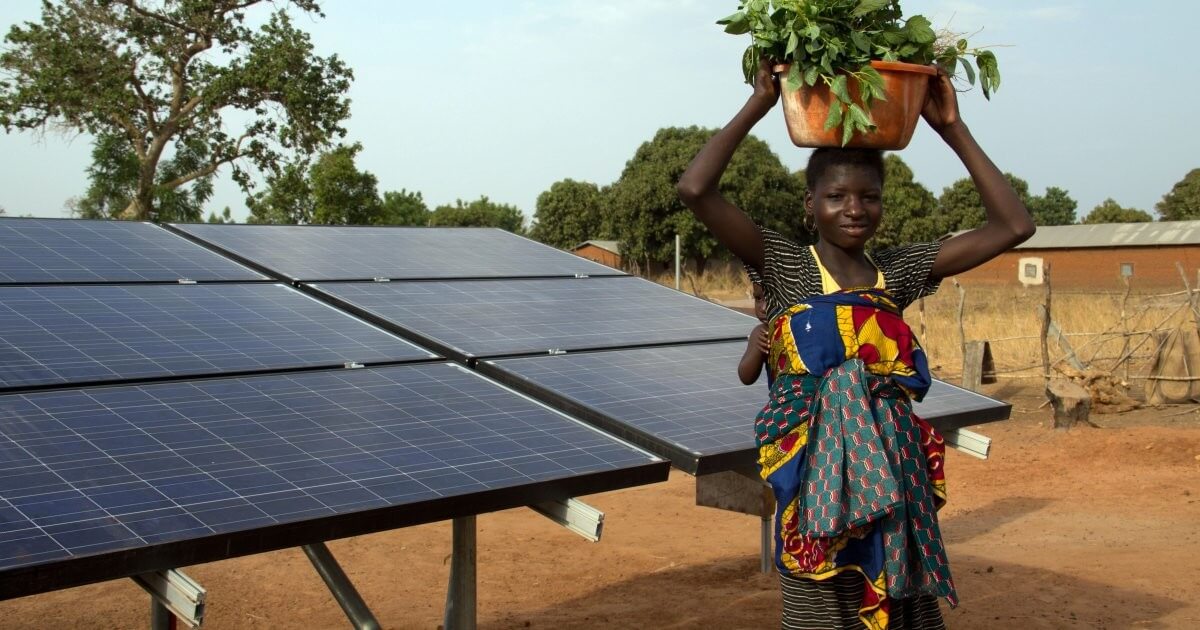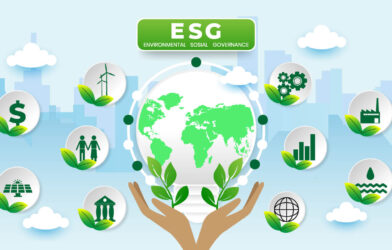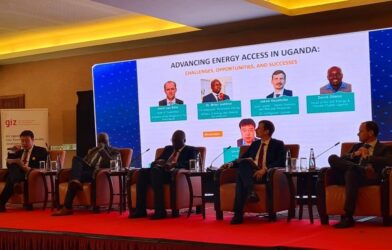Uganda’s energy landscape is undergoing a transformative shift, as the country seeks to transition towards a more sustainable and clean energy-driven future. Despite its heavy reliance on traditional energy sources, Uganda’s Energy Transition Plan (ETP) has set ambitious goals to enhance the adoption and utilization of clean energy technologies.
In an in-depth interview, we spoke with Michael Ahimbisibwe, Program Manager (REAP/REAL) at ADRA Uganda (with extensive experience in water supply systems, renewable energy, WASH, humanitarian action, and refugee settings) to gain insights into the current status quo, key challenges, and the future outlook for clean energy in Uganda.
According to Ahimbisibwe, Uganda’s current share of clean energy in the overall energy mix is growing, but still modest. “Hydropower dominates, contributing a significant portion of our energy, while solar is making great strides from lighting applications to heating and small-scale cooking. Other renewable sources, such as bioethanol, biodiesel, and biogas, are gradually increasing their share as well,” he explained.
He estimates that the current capacity of Uganda’s primary clean energy sources stands at approximately 1,200 MW for hydropower, 50 MW for solar, and 100 MW for biomass (excluding domestic consumption). These sources, he noted, are critical in addressing the energy trilemma of security, sustainability, and equity, but their capacity needs significant enhancement and investment to fully realize a just transition.
There several key challenges and barriers that have hindered the widespread adoption of clean energy in Uganda. These include limited infrastructure, high initial capital costs, insufficient funding, and a lack of awareness and education about the benefits of clean energy. Additionally, regulatory and bureaucratic hurdles can slow down the implementation of clean energy projects, while the lack of grid connectivity and maintenance issues in rural areas further hinder adoption.
Fortunately, Uganda has implemented several policies and frameworks to support the deployment and utilization of clean energy technologies. These include the Renewable Energy Policy, Feed-in Tariff Policy, and the establishment of the Uganda Energy Credit Capitalization Company (UECCC). These initiatives aim to provide financial incentives, support public-private partnerships, and reduce barriers to entry for renewable energy projects.

Ahimbisibwe highlighted several emerging clean energy technologies and innovations that hold the most promise for Uganda’s energy landscape. These include off-grid solar power systems, improved biomass cookstoves, and mini-grid solutions. Innovations in energy storage and grid management can also enhance the reliability and efficiency of renewable energy sources. Additionally, advancements in wind energy and geothermal power could diversify Uganda’s clean energy portfolio.
A successful clean energy transition in Uganda can bring numerous socio-economic and environmental benefits. These include job creation, improved public health, enhanced energy security, reduced greenhouse gas emissions, less deforestation, and more sustainable natural resource management. It can also promote social equity by providing affordable and reliable energy access to underserved communities.
Uganda’s energy sector will become more diversified and sustainable in the next decade, with a substantial increase in the share of renewable energy. “With continued investments and supportive policies, we can expect to see expanded solar, wind, and possibly geothermal energy projects. The integration of advanced technologies and increased public-private partnerships will drive this growth, leading to improved energy access, economic development, and environmental sustainability,” he added.
As Uganda continues to prioritize its clean energy transition, the country’s energy landscape is poised for a remarkable transformation, one that promises a more sustainable energy efficiency, security, and access for all. ACCESS FULL INTERVIEW














Comments are closed